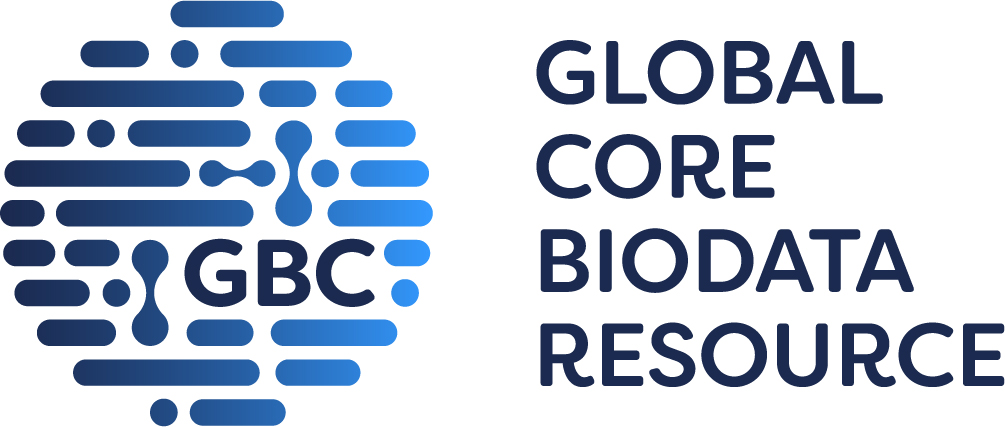
GtoPdb is requesting financial support from commercial users. Please see our sustainability page for more information.
Ghrelin receptor C
Unless otherwise stated all data on this page refer to the human proteins. Gene information is provided for human (Hs), mouse (Mm) and rat (Rn).
Overview
« Hide
More detailed introduction 
The ghrelin receptor (nomenclature as agreed by the NC-IUPHAR Subcommittee for the Ghrelin receptor [3]) is activated by a 28 amino-acid peptide originally isolated from rat stomach, where it is cleaved from a 117 amino-acid precursor (GHRL, Q9UBU3). A unique post-translational modification (octanoylation of Ser3, catalysed by ghrelin Ο-acyltransferase (MBOAT4, Q96T53) [25] is essential for binding and activation of ghrelin receptors in all tissues, including the hypothalamus and pituitary [12]. Structure activity studies showed the first five N-terminal amino acids to be the minimum required for binding [2], and receptor mutagenesis has indicated overlap of the ghrelin binding site with those for small molecule agonists and allosteric modulators of ghrelin (GHRL, Q9UBU3) function [9]. The authorities in Japan have in 2020 approved the orally active agonist anamorelin, for the treatment of anorexia in cancer patients [24]. PF-05190457 is a small-molecule inverse agonist targeting the ghrelin receptor that has been progressed to phase I clinical trial for the treatment of alcoholism and has been demonstrated to decrease appetite [5]. An endogenous antagonist and inverse agonist called Liver enriched antimicrobial peptide 2 (Leap2), expressed primarily in hepatocytes and in enterocytes of the proximal intestine [7,14] inhibits ghrelin receptor-induced GH secretion and food intake [7]. The secretion of Leap2 and ghrelin is inversely regulated under various metabolic conditions [15]. In cell systems the ghrelin receptor is constitutively active [10], and this property is responsible for modulation of D2 receptor signalling [4], and is attenuated by a naturally occurring mutation (A204E) that is associated with familial short stature [20].
Receptors
|
ghrelin receptor
C
Show summary »
More detailed page |
Comments
Further reading
How to cite this family page
Database page citation (select format):
Concise Guide to PHARMACOLOGY citation:
Alexander SPH, Christopoulos A, Davenport AP, Kelly E, Mathie AA, Peters JA, Veale EL, Armstrong JF, Faccenda E, Harding SD, Davies JA et al. (2023) The Concise Guide to PHARMACOLOGY 2023/24: G protein-coupled receptors. Br J Pharmacol. 180 Suppl 2:S23-S144.









A potent inverse agonist has been identified ([D-Arg1,D-Phe5,D-Trp7,9,Leu11]substance P, pD2 8.3; [8]). Ulimorelin, described as a ghrelin receptor agonist (pKi 7.8 and pD2 7.5 at human recombinant ghrelin receptors), has been shown to stimulate ghrelin receptor mediated food intake and gastric emptying but not elicit release of growth hormone, or modify ghrelin stimulated growth hormone release, thus pharmacologically discriminating the orexigenic and gastrointestinal actions of ghrelin (GHRL, Q9UBU3) from the release of growth hormone [6]. Similar discrimination of ghrelin receptor mediated physiological functions can be obtained by activation of distinct signaling pathways [17]. A number of selective antagonists have been reported, including peptidomimetic [18] and non-peptide small molecules including GSK1614343 [21-23].